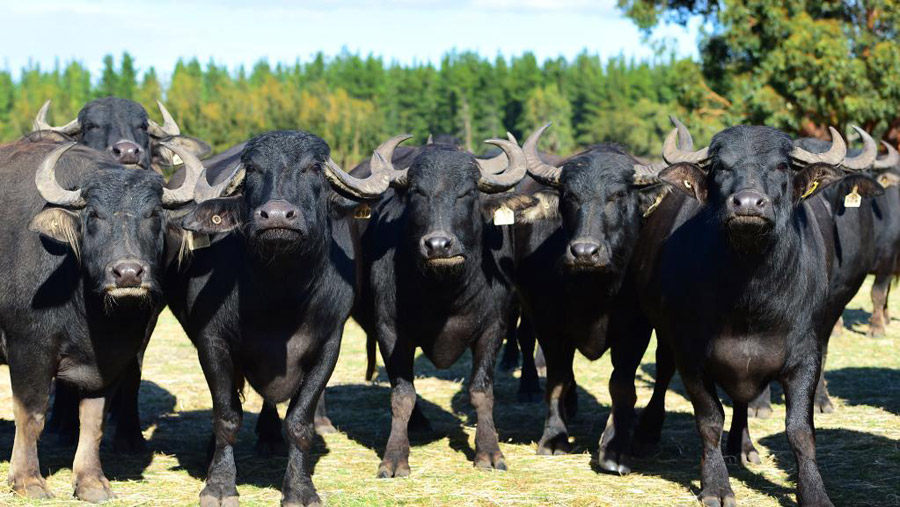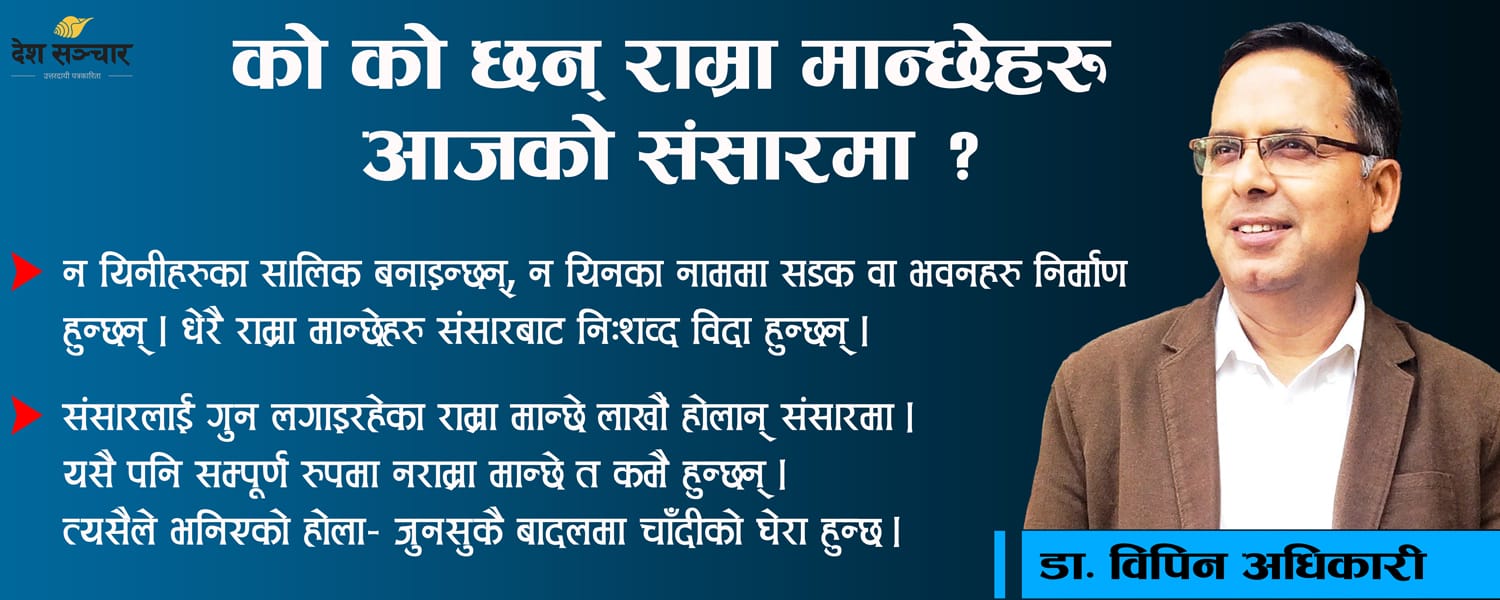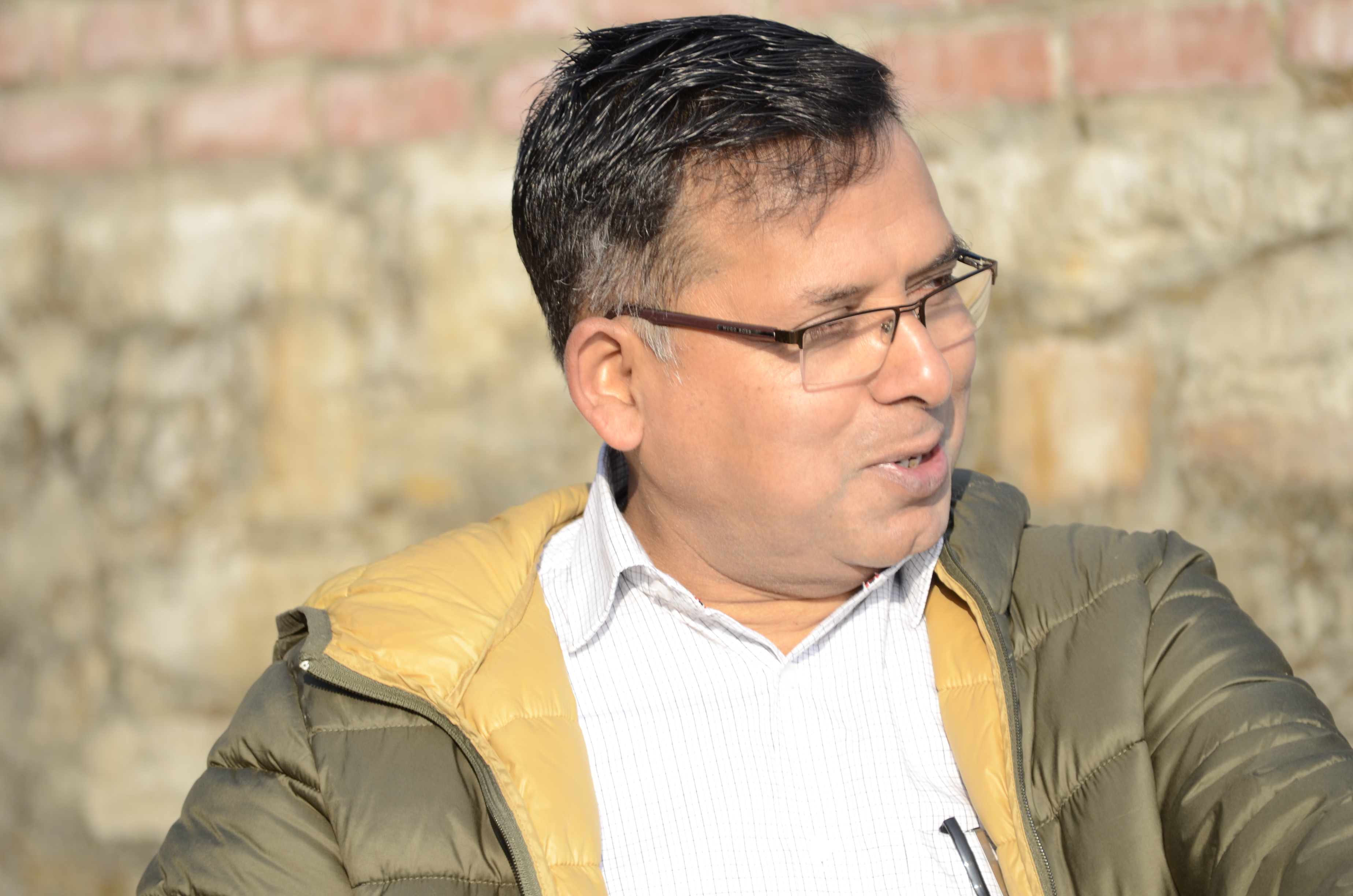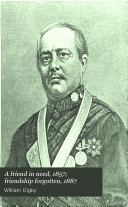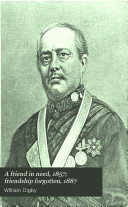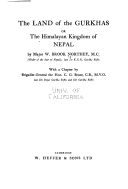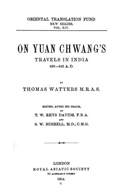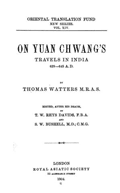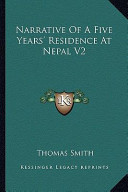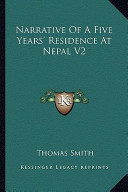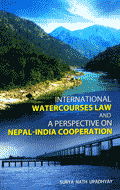Nepal’s legal system today is the product of an ancient system that developed gradually through a long process. As noted, its development owes not only to internal requirements and processes, but also to external inputs that influenced the system for different reasons. What has emerged today out of this process is certainly still unique, but not as traditional as it used to be or as new as many would like to see it.
The issue of legal reform through the adaptation and assimilation of foreign laws is an important topic in jurisprudence. More specifically, it enables one legal system to receive the legal intricacies of the other legal system, or of a different legal culture, and internalize it as necessary. In most cases in modern world, the process is voluntary and conscious. Contrastingly, imposed legal reception was common during the colonial time, when legal changes were instituted by force and irrespective of the host country’s desires to implement them. The case of former British colonies or protectorates that have received British common law falls under this category. However, in recent decades, the common law is a source of reference for many legal systems undergoing reforms. Learning from others is as important as learning from one’s own experience.
Even though the reception of law has its own logic, a modern legal system will rarely go for blind imitation of the law or experiences of other countries. As far as common law is concerned, until recent decades, its maxims played a large role in adjudication. Some of these maxims came to Common Law from the Roman Law long back. These maxims found their place in Latin even in English court decisions. The reality of reception, however, is not that straightforward. As Justice Oliver Wendell Holmes, Jr. commented: “It is revolting to have no better reason for a rule of law than that so it was laid down in the time of [English King] Henry IV. It is still more revolting if the grounds upon which it was laid down have vanished long since, and the rule simply persists from blind imitation of the past.” His point was that the study of maxims might be sufficient for the present generation, but “the man of the future is the man of statistics and the master of economics.” There is something more to reception than straightforward borrowing. Justice Holmes said: “The life of the law has not been logic; it has been experience.” This statement draws our attention to the necessities of the time, the prevalent moral and political theories, intuitions of public policy, and even the avowed or unconscious prejudices that judges share with their fellow men and women. The strength in this argument cannot be overlooked.
Nepal is an ancient country in the Himalayas that stand to divide modern day India and China (Tibet). It is a multi-ethnic, multiracial, multicultural, multi-religious, and multilingual country. The history of Nepal has been influenced by its position in the Himalayas, as well as the influences from its vast neighbourhood. Little is known about the realities of Nepal’s early ages and prehistory. There are legends, but not historical facts. The country was ruled over the last 2,000 years or more by Kirat, Licchavi, Deva, Khas, Thakuri, Malla, Shaha and Rana rulers. They were prominent in different parts of the Himalayas in different periods of time, and ruled from different places, in consideration of the balance of power that existed at a particular point in history. The available discourse shows that the Kathmandu valley remained the cultural capital of Nepal throughout the known period of its history. It became the political capital of Nepal when Nepal was unified by King Prithvi Narayan Shah in the mid-eighteenth century.
There are few historical resources that systematically explain Nepal’s legal system and its constituent parts. Not just documentary, even mythological traditions, be it of Hindu-Buddhist or Kiranti, exist as far as legal system is concerned. Isolated examples have been discovered time and again, but they have not explained the trends. A sculpture of Baman Tribikram erected by Licchavi King Man Dev is considered to be the oldest sculpture in Nepal. Such sculptures have no legal implication for us. Similarly, some of the oldest and discovered manuscripts were of Sushrutasamhita, dated April 13, 878, and of Skandapurana, dated March 10, 811. The documentary evidences so far discovered do not contain much information about Nepal’s legal system at that time. It is understandable that the major indigenous religions in Nepal are Hindu, Buddhist and Kirant, and they were critically relevant in establishing social norms and standards. Where they were each prevalent, they affected public institutions throughout the country. However, there exists little documentation of how these religions objectively influenced the legal order. In addition, the legal system of Nepal remained a part of the government system, but was not visible until many centuries afterwards.
The process of codification started in Nepal as early as the 14th century. As far as technical implementation of new law is concerned, the country definitely opted for the government by the rulers’ decrees since the beginning of such a system in Nepal. Before this, there existed no systems through which representatives of the people could work on legislation. Then, for the first time, Jayasthiti Malla, a 14th-century king, developed a codified law that went beyond the parameters of rulers’ decrees, thereby codifying the first legal instrument of Nepal. At least in the major areas of civil and criminal law, Nepal codified existing customary laws and developed new ones with the advice of experts from the neighbourhood. Malla’s codified law integrated indigenous practices with expertise that were acceptable to the rulers. Its influence, however, must have been limited to the areas where the King had his political power extended and also the ability to influence by way of sanction. This legendary compilation of traditions was seen as the source of legal reforms during the 19th and 20th centuries in Nepal. King Ram Shah of Gorkha (c.1606–1641) also became famous for administrative and judicial reforms. After King Prithvi Narayan Shah unified the country, he wanted to consolidate the laws and traditions as his predecessors, but were not able to do so.
The change that was seen was immense. King Jayasthiti Malla established the concept of codification for the first time. Nepal did not have that experience before. The effort at codification dates back to the Code of Hammurabi in Babylon ca. 1790 BC. The Roman Empire and, more particularly, the Corpus Juris Civilis issued by the Emperor Justinian ca. AD 529 played an exemplary role in the inception of the concept of codification. This initiative in the Byzantine Empire had great influence, encouraging other empires and civilizations to adapt codified laws. This established the civil law traditions in the world. Civil law itself was also partly influenced by religious laws such as Canon law.
Although Nepal had never a direct contact or meaningful engagement with any civil law country in its history, except a brief visit of Prime Minister Jung Bahadur in mid 19th century, the legal system immediately before the changeover of 1950-51 had many civil law features. The reasons must be investigated by legal historians. There is a tendency among many experts to describe the legal system of Nepal that emerged in the process as the Hindu legal system. There is no doubt that the rulers in Nepal patronized Hindu religion for most part of Nepal’s history. It is also true that the state had limited capacity to exert control in the life of the common people until recently. The state of Nepal never had any principled position on Hindu law and legal theory, and it had no clue on the relative significance of different traditions of legal thought within Hinduism. Educated judges and investigators are a recent phenomenon in Nepal. Even though the kings patronized Hinduism, the state had generally no institution to administer Dharmaśāstra, the treatises on dharma (religious and legal duty), which remains the reference of Hindu law in the sub-continent.
Principally written in Sanskrit, these legal treatises date back to many centuries before the birth of Jesus Christ. The state in Nepal does not seem to have any position on their development. It never had intellectual leadership in this regard. At least, one can say that the state had no machinery at its disposal to monitor the development of Hindu law, provide clearance to the norms and standards, and finally incorporate these beliefs into the legal system. Additionally, the Nepalese society lived with customary laws, and they were generally permitted. The process of codification allowed the state some opportunity in selective incorporation of some Hindu norms and procedures, and the influences at the level of adjudication may have been there. However, they seem to be marginal. It is thus not clear how the legal system of Nepal was Hindu. Going beyond the ban on cow slaughter and religious conversion, the two important political choices that the rulers made in the past, the claim must be subjected to serious research. In the context of a legal system, however, there are other important issues as well.
For a modern reader, a standard reference to the principal texts and substance of Hindu law and legal theory remains Kane’s History of Dharmashastras (1962–1975). Patrick Olivelle and Donald R. Davis Jr. have presented this history in modern context. They deal with all the major topics of Hindu law, with a focus on historical changes and development. A handy shorter introduction is still the masterwork on the practice of The Classical Law of India produced by Robert Lingat, a France-born scholar, and translated by J. D. M. Derrett. He has also researched the intersection of religion, law and the state. The work of Donald R Davis Jr. deals with the spirit of Hindu Law and provides a broad conceptual study that emphasizes the religious foundations of Hindu traditions. Ludo Rocher, an eminent Sanskrit scholar, has also given his perspectives on Hindu Law, and Dharmaśāstras. German academic Julius Jolly has written Hindu law and Customs discussing family law and heirship, law of things and obligations, offences and penalties, court procedure and customs and traditions. It is a challenge for the researchers of the Nepalese legal system to explain how Hinduism has shaped the Nepalese legal system in history, and, consequently, its ramifications today.
Following 1950-51, the year Nepal parted with the Rana system of government, Nepal started modernizing its legal system. Although there was no declared policy, or a white paper of the government, Nepal shifted close to common law traditions. The common law principles came with the new statutes enacted by the legislatures. They came to be introduced by the Supreme Court by way of interpretation. The organized bar threw its weight on it. Today, in all modern areas of law, not just civil and criminal, Nepal has internalized common law norms and standards into the legal system. Nepal’s legal system attempts to represent the current requirements of the country. It tries to meet the requirements of international developments and cope with the development of the modem national economy. The reception of common law has helped in different ways to do so.
This book by Bishal Khanal, a senior faculty of Kathmandu University School of Law, is an important work on the theme of legal reforms by way of reception of external legal values, norms and standards. This is the first book by a Nepalese scholar concerned specifically with the reception of common law in Nepal and its effects. It will help anybody interested in the process of legal reform in Nepal to understand the Nepalese perspective in reception. Some other scholarly works of the author that deal with human rights and development, the regeneration of the laws of Nepal, the historical account of the administration of justice in Nepal, and the history of the use of decrees and edicts also help explain his theme in their peculiar context. The book will certainly inspire more researches in this area.
A modern legal system cannot develop out of a game of chance. It must be an organized and thoughtful process. As a fast developing economy, Nepal must continue to develop an adequate legislative framework. In addition, an independent and well-trained judiciary willing to correctly apply the new law must develop side by side. The role of the legal profession is no less decisive. The development of a new legal system in Nepal is far from being accomplished and far from perfect. But it seems to be a very good example of how law-making in a global world may function.
Kathmandu University School of Law
May 24, 2018
